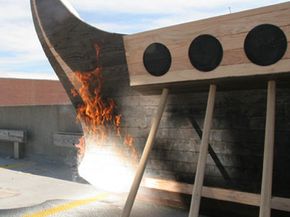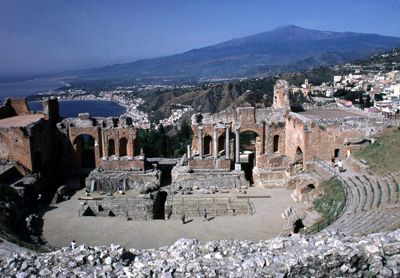Key Takeaways
- Archimedes' death ray was a series of mirrors reflecting concentrated sunlight onto Roman ships, causing them to catch fire and sink.
- Historians have debated the validity of the death ray, with some experiments proving its feasibility while others remain skeptical.
- Despite the controversy, Archimedes' legacy as a genius in mathematics and physics remains undeniable.
Economist Jeffrey D. Sachs once made a compelling argument that humanity will eventually be saved from any crisis simply by reproducing [source: Scientific American].
We can reproduce our way out of any serious problem -- say, for instance, global food, energy or water shortages -- because the more humans who are born, the more geniuses will be born. The more geniuses humanity has on hand at any given time, the likelier our chances of thinking our way out of crises. "[I]t is genius above all that propels global human advance," wrote Sachs [source: Scientific American].
Advertisement
Some geniuses propel advancement more than others. The Greek mathematician Archimedes is one good example that all geniuses are not equal. For more than 50 years, Archimedes churned out answers to great mathematic and practical questions. He is responsible for calculating pi; that alone would have assured him a place in the annals of history. But he also created calculus proofs 2,000 years before calculus itself was invented. He concluded that objects lose an amount of weight when they're in water equal to the weight of the fluid they displace (Archimedes' principle of hydrostatics). You can thank Archimedes for steel ships and hot air balloons.
Archimedes was every bit a mad genius, and he was socially handicapped by the breadth of his intellect. When he came up with his principle of hydrostatics, he'd been in the bath. Archimedes was so gripped by excitement at his breakthrough that he ran naked through the streets shouting "Eureka!" And his death came from a lack of comprehension that he was in danger. A Roman soldier sent to capture Archimedes entered his home. Archimedes, in the thick of determining a geometry proof using figures drawn in the sand on his floor, dismissed the stranger: "Do not disturb my diagrams," Archimedes told him.
The soldier flew into a rage and beat the 75-year-old genius to death. The soldier had been two years in coming; the Romans had held Archimedes' home of Syracuse under siege for two years. But Archimedes' war machines had kept the Romans at bay. His death ray is said to have proven particularly effective.
Advertisement





